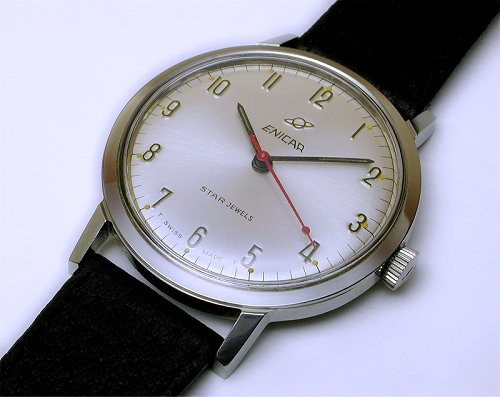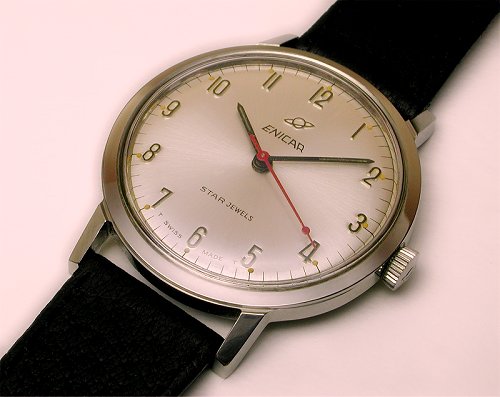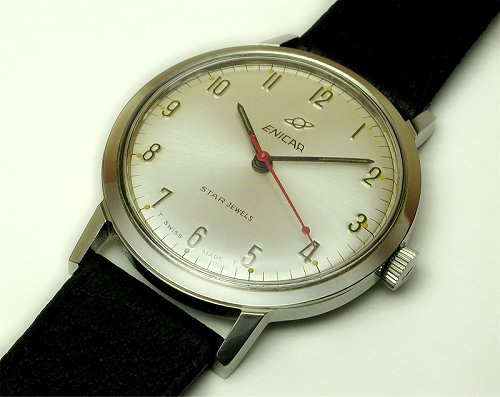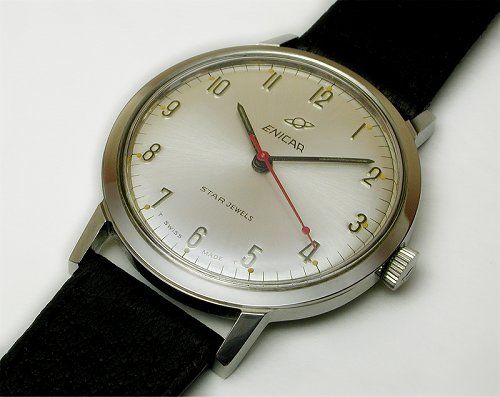

Different wavelengths of light have different colour temperatures, although the human eye/mind combination effectively compensates for the colour differences and we don't "see" them, (although when you move quickly from inside to outside on a sunny day you may experience the colour difference for a short time before the mind corrects for it). For example, sunlight has a blue colour cast, incandescent lamps are reddish/orange, and fluorescent lighting is yellow/green. Colour temperature is measured in degrees Kelvin, and light from different parts of the visible spectrum has varying energy.
Digital/Video cameras and film do not have the same ability as the human mind to compensate for varying light sources. They record whatever colour is actually there if steps are not taken to correct he colour cast. The White-balance feature on a digital or video camera is a means of compensating, or biasing, for the different nature of light. When you white-balance for outdoor sunlight the camera's programme will sample the light and correct for it to remove the blue colour cast so that whites in the picture will look white, rather than a sickly bluish-white. The same occurs for indoor lighting with filtering being applied to the red/orange, or yellow/green part of the signal, depending on the lighting used. Digital cameras generally allow you to balance for at least the 3 main forms of lighting - sunlight, incandescent, and fluorescent - or they may allow custom white balances to be performed for specific lighting conditions.
Here is a visual representation of how a digital image may look if not white-balanced correctly.


Sunlight gives a blue colour cast.


Incandescent light gives a red/orange colour cast.


Fluorescent light gives a green/yellow colour cast.


White-balanced to correct colour cast.
If a colour cast is not completely removed in-camera the small element remaining can be rectified via the use of photo editing software. However, recording images with strong, uncorrected, colour casts makes editing difficult and the resulting image may be less satisfactory than if it had been colour corrected when recorded.
Your digital camera instruction manual should have instructions on how to white-balance for the various light sources.
Copyright 2005 Paul Delury